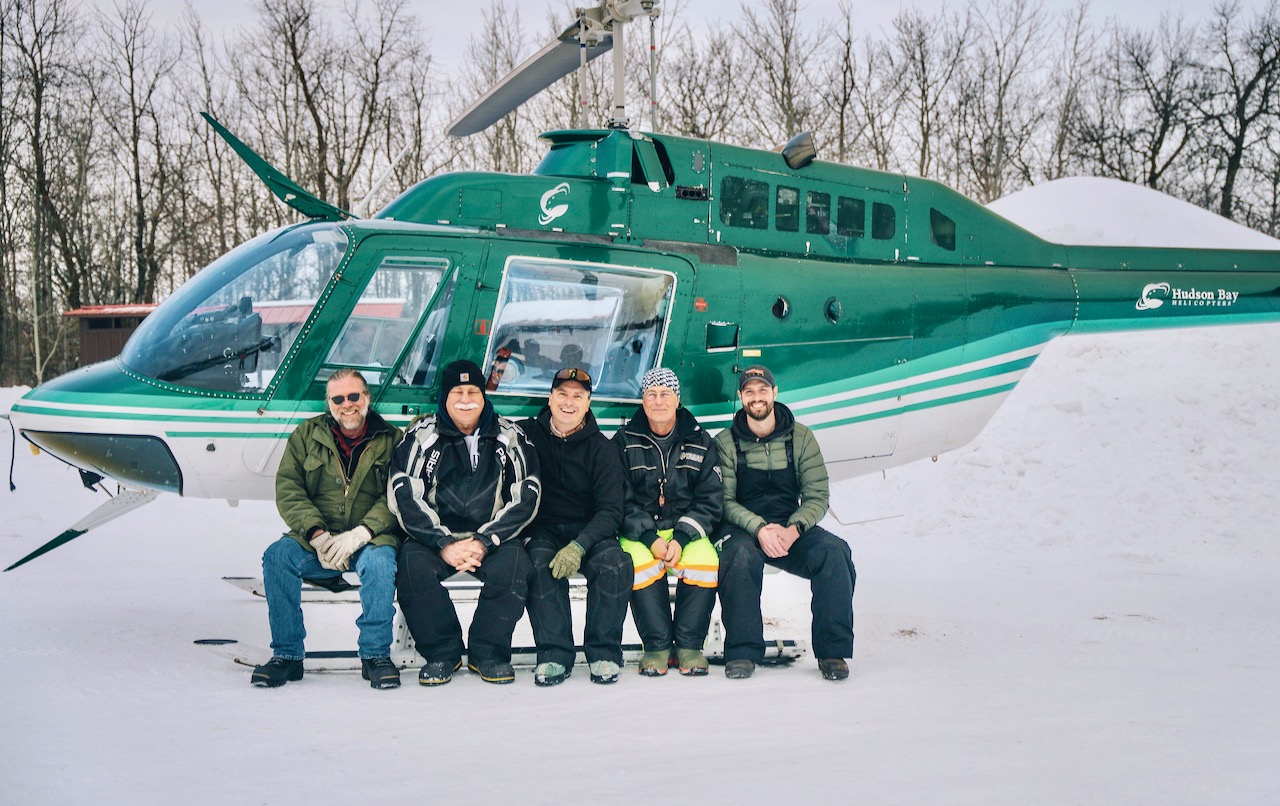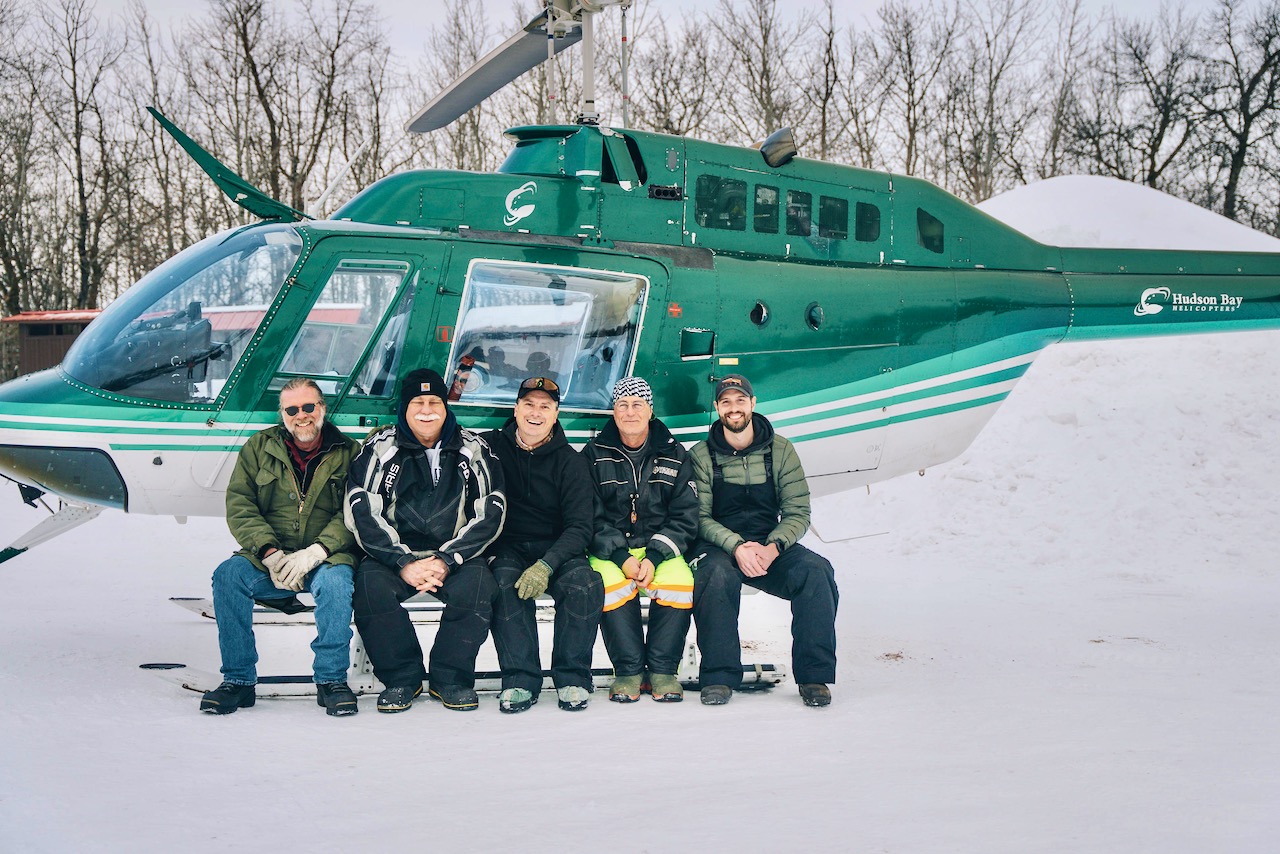FLIGHT PLAN
Helicopter surveys are expensive, and may be phased out
Advertisement
To help shed light on how Manitoba’s big-game management plans are created, the Manitoba Wildlife Federation recently produced an informative and entertaining video documenting how wildlife managers use either a helicopter, fixed-wing airplane or drone to conduct their game surveys. The video was shot last winter by the MWF’s manager of conservation stewardship, Nolan Sawatzky.
“A lot of people don’t know the process on how these management plans are put together and how tags are allocated,” he says. “This was a cool opportunity for the MWF to show there’s active research going on, and to help people understand why there are certain tag limits in different game harvest areas.”
Advertisement
Helicopter surveys, which Manitoba has used since the 1980s, are the most challenging in terms of logistics, says Sawatzky. “If they’re doing a bigger area, they have to haul in and stash fuel reserves to fill up midday,” he says. They’re also the most labour-intensive surveys, as they require three people to act as observers, plus a pilot. And when you factor in accommodations, the costs really add up, Sawatzky notes.

Less expensive are fixed-wing surveys, which require only a pilot and an observer. They’re flown at night using a military-grade, heat-detecting camera, which gathers extremely detailed images. “It’s absolutely mind-blowing,” Sawatzky says. “When I was reviewing the footage, it literally looked like it came from a video game or something. They can zoom in from over a mile away, and you can count antler points. It’s really incredible.”
Drone surveys are the most cost-effective. They also require the least amount of planning and resources, and they can cover much bigger areas. And since drones are quiet and relatively unobtrusive, they don’t have to deviate from their flight plan to avoid disturbing livestock or urban areas.
Advertisement
According to Sawatzky, there’s now talk of phasing out helicopter surveys because of the higher costs and logistical challenges. “Moving forward, they’re shifting toward the other two approaches, so we wanted to document the process and use it as a comparative example.”
Learn more about the MWF’s programs and positions at
Watch the video by clicking below:

